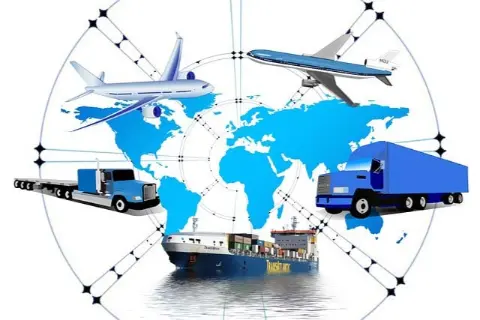- +91 79759 88043
- [email protected]

Trade compliance in international shipping is the backbone of smooth global commerce. In a world increasingly interconnected through trade, regulatory standards have become stricter and more complex, with serious consequences for those who fail to comply. Understanding and adhering to trade compliance requirements is critical—not only to avoid penalties and fines but also to ensure that goods reach their destination efficiently and securely. Non-compliance can result in costly delays, legal penalties, and damaged reputations, while effective compliance promotes trust and stability in the global market.
Trade compliance refers to the adherence to international trade regulations, standards, and laws that govern the movement of goods across borders. It encompasses a wide range of activities designed to ensure that a company’s imports and exports follow applicable regulations. Trade compliance requires knowledge of customs regulations, trade laws, tariffs, export control, and import documentation, as well as an understanding of specific regulations of both origin and destination countries.
Compliance is particularly vital in sectors with strict regulations—such as defense, technology, and pharmaceuticals—but affects every industry involved in cross-border trade.
Several important legal frameworks govern international trade compliance, including:
Compliance involves not only understanding these rules but also applying them appropriately in each shipment to minimize risks and avoid unnecessary costs.
Launched by the U.S. Customs and Border Protection (CBP), C-TPAT is a voluntary program designed to strengthen international supply chains and improve border security. Companies that become C-TPAT certified gain a “trusted trader” status, providing faster processing and fewer inspections. C-TPAT focuses on security practices, such as physical access controls, cybersecurity measures, and risk management procedures.
The AEO program, similar to C-TPAT, is administered by the European Union and recognized internationally. It aims to create secure international trade and facilitate faster customs processing for certified entities. AEO-certified companies are viewed as low-risk and receive benefits, including simplified customs procedures, reduced customs checks, and priority treatment.
ISO 28000 provides a management framework specifically designed to address supply chain security. This standard allows companies to assess risks, implement security measures, and continuously improve compliance processes. ISO 28000 certification is recognized worldwide and demonstrates a company’s commitment to securing its supply chain, which can enhance its reputation and offer a competitive advantage in international trade.
Managing compliance involves more than understanding laws and standards—it requires effective tools and practices to track regulatory changes, manage documentation, and mitigate risks.
Managing compliance involves more than understanding laws and standards—it requires effective tools and practices to track regulatory changes, manage documentation, and mitigate risks.
Managing compliance involves more than understanding laws and standards—it requires effective tools and practices to track regulatory changes, manage documentation, and mitigate risks.
Managing compliance involves more than understanding laws and standards—it requires effective tools and practices to track regulatory changes, manage documentation, and mitigate risks.
Managing compliance involves more than understanding laws and standards—it requires effective tools and practices to track regulatory changes, manage documentation, and mitigate risks.
Managing compliance involves more than understanding laws and standards—it requires effective tools and practices to track regulatory changes, manage documentation, and mitigate risks.
Managing compliance involves more than understanding laws and standards—it requires effective tools and practices to track regulatory changes, manage documentation, and mitigate risks.
Managing compliance involves more than understanding laws and standards—it requires effective tools and practices to track regulatory changes, manage documentation, and mitigate risks.
Managing compliance involves more than understanding laws and standards—it requires effective tools and practices to track regulatory changes, manage documentation, and mitigate risks.
In the world of international shipping, trade compliance is non-negotiable. Ensuring compliance with trade laws, customs requirements, and global standards is essential for any company looking to expand globally. By adopting compliance management tools, staying informed on regulatory changes, and establishing solid risk management practices, companies can build a robust compliance strategy that mitigates risks and promotes business continuity.
To maintain an effective compliance program, organizations should implement the following actionable steps:
Ultimately, trade compliance is an investment in a company’s global reputation and long-term success. By building a strong compliance framework, companies can navigate the complexities of international shipping, minimize risks, and capitalize on global opportunities with confidence.

Mus magna integer tortor nec montes adipiscing. Ut cursus orci cras condimentum lacus turpis congue praesent duis letius.
Stay Ahead with Expert Insights Sign Up for Our Newsletter Today!
